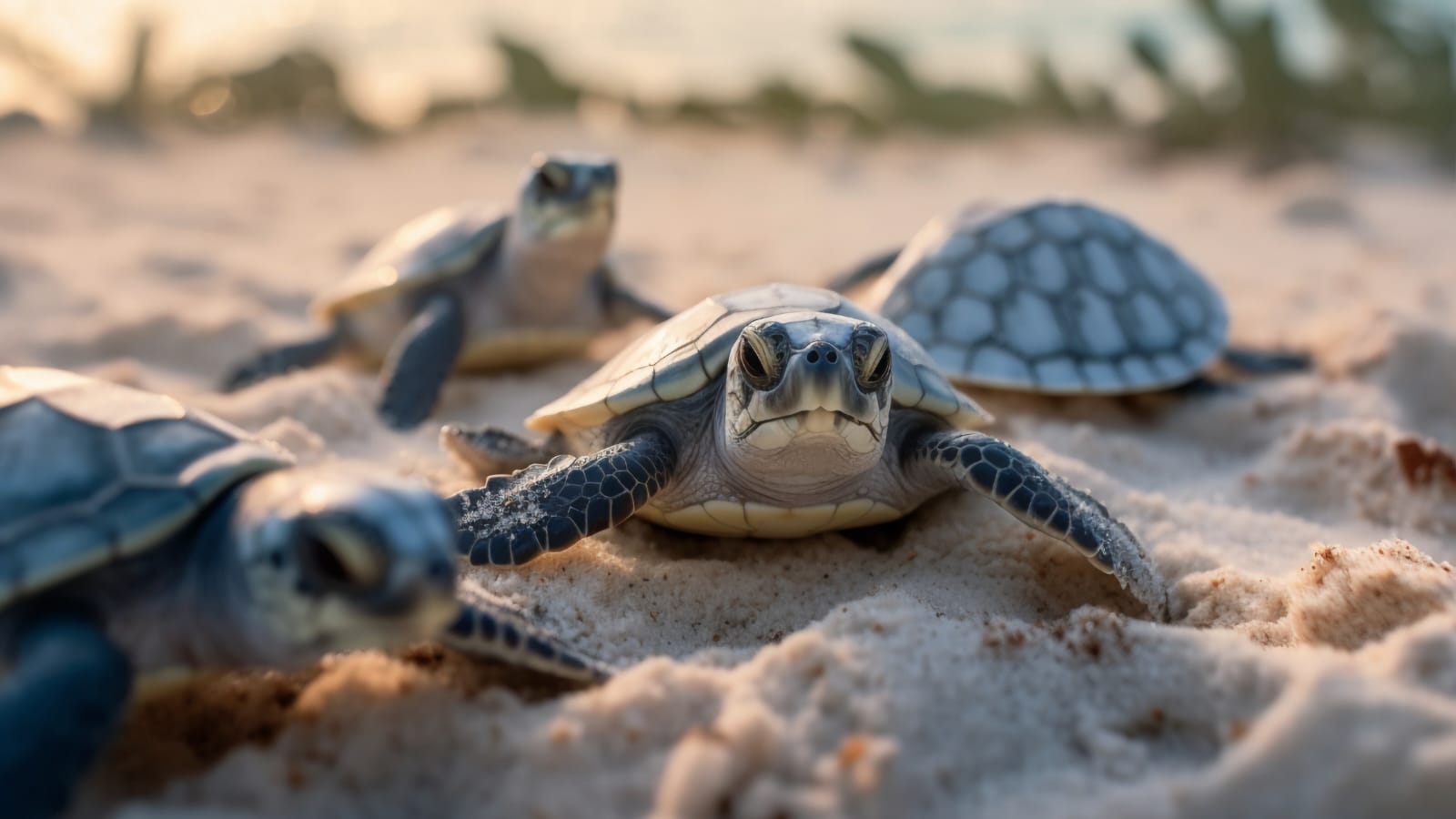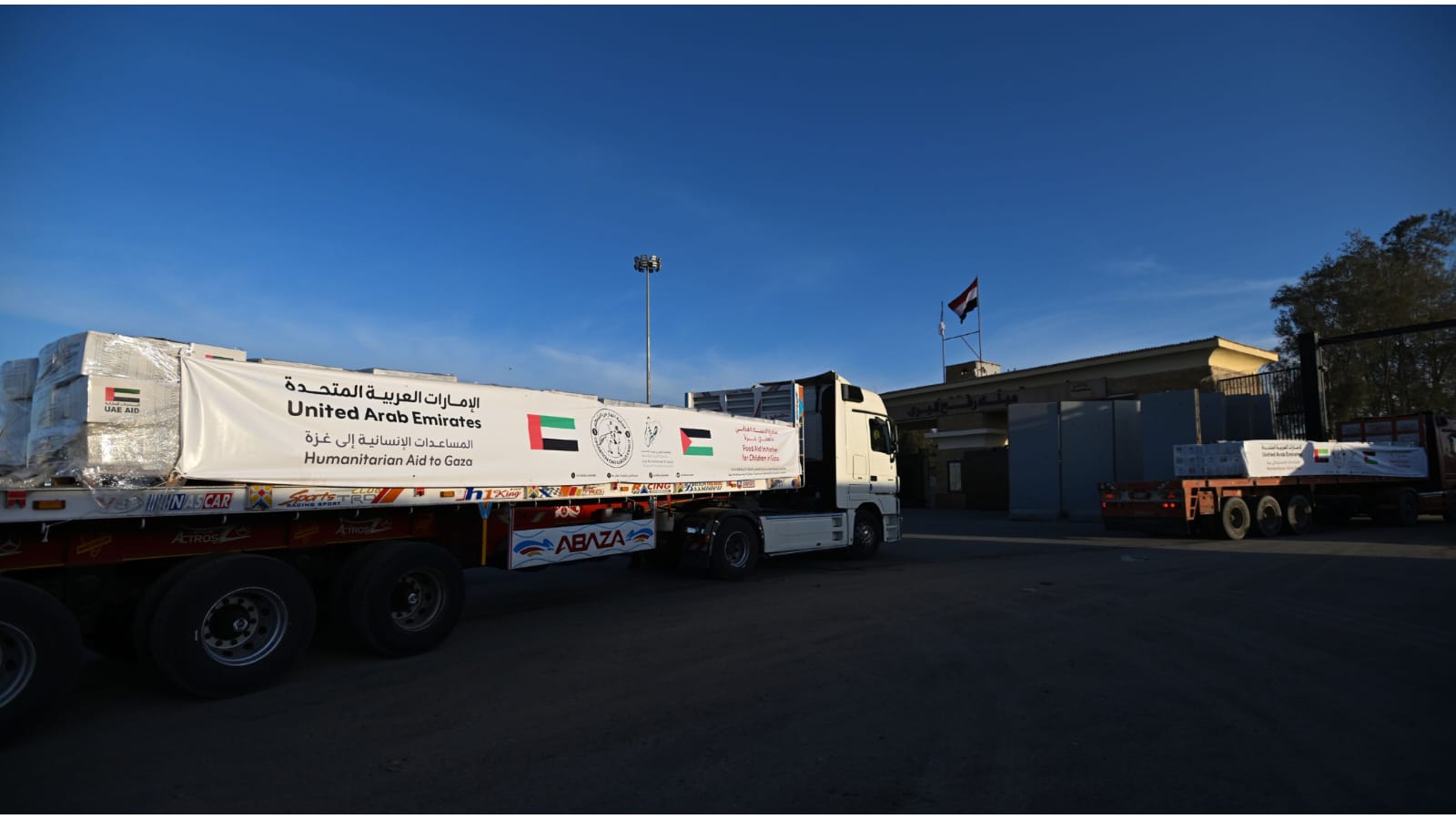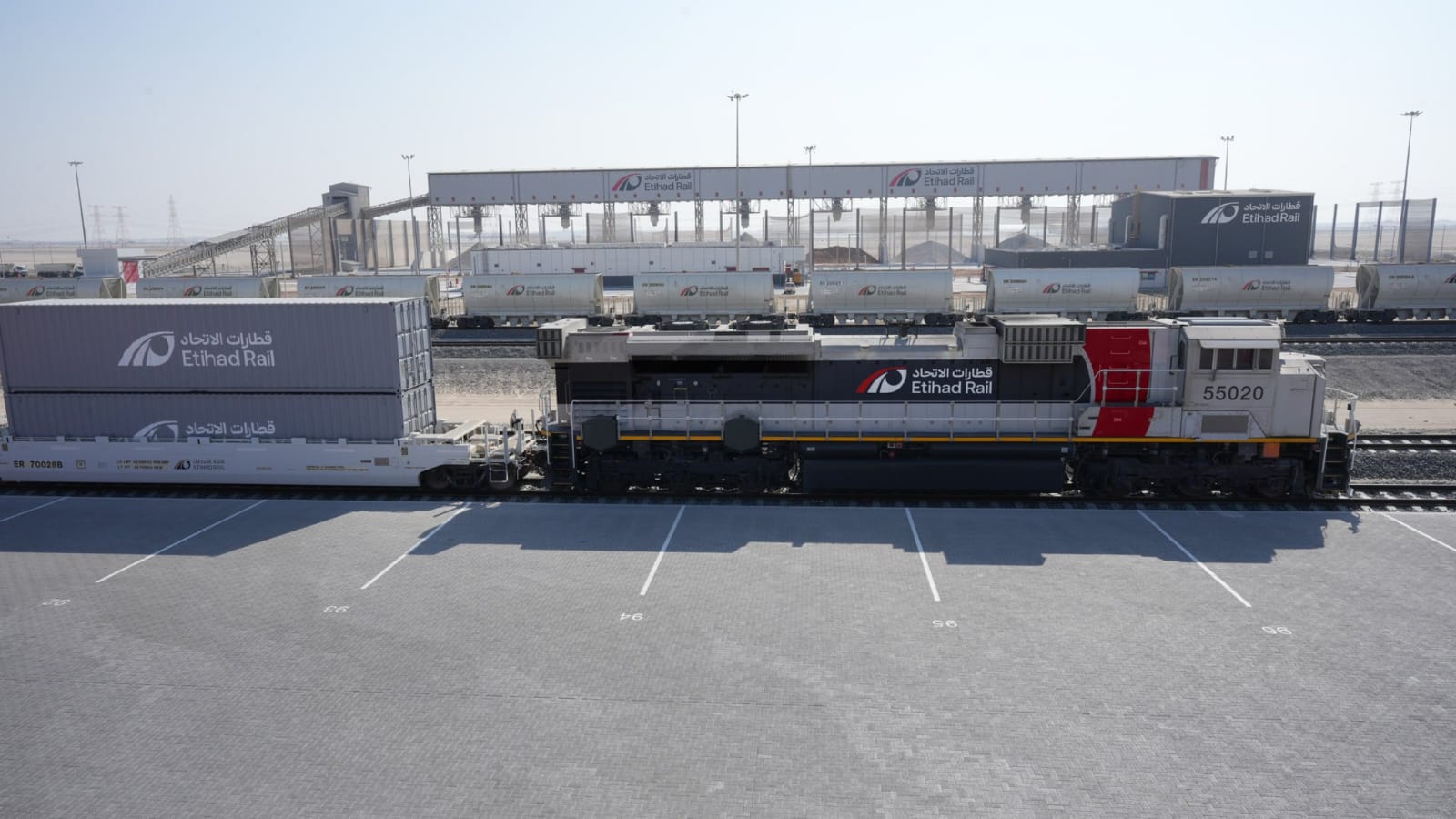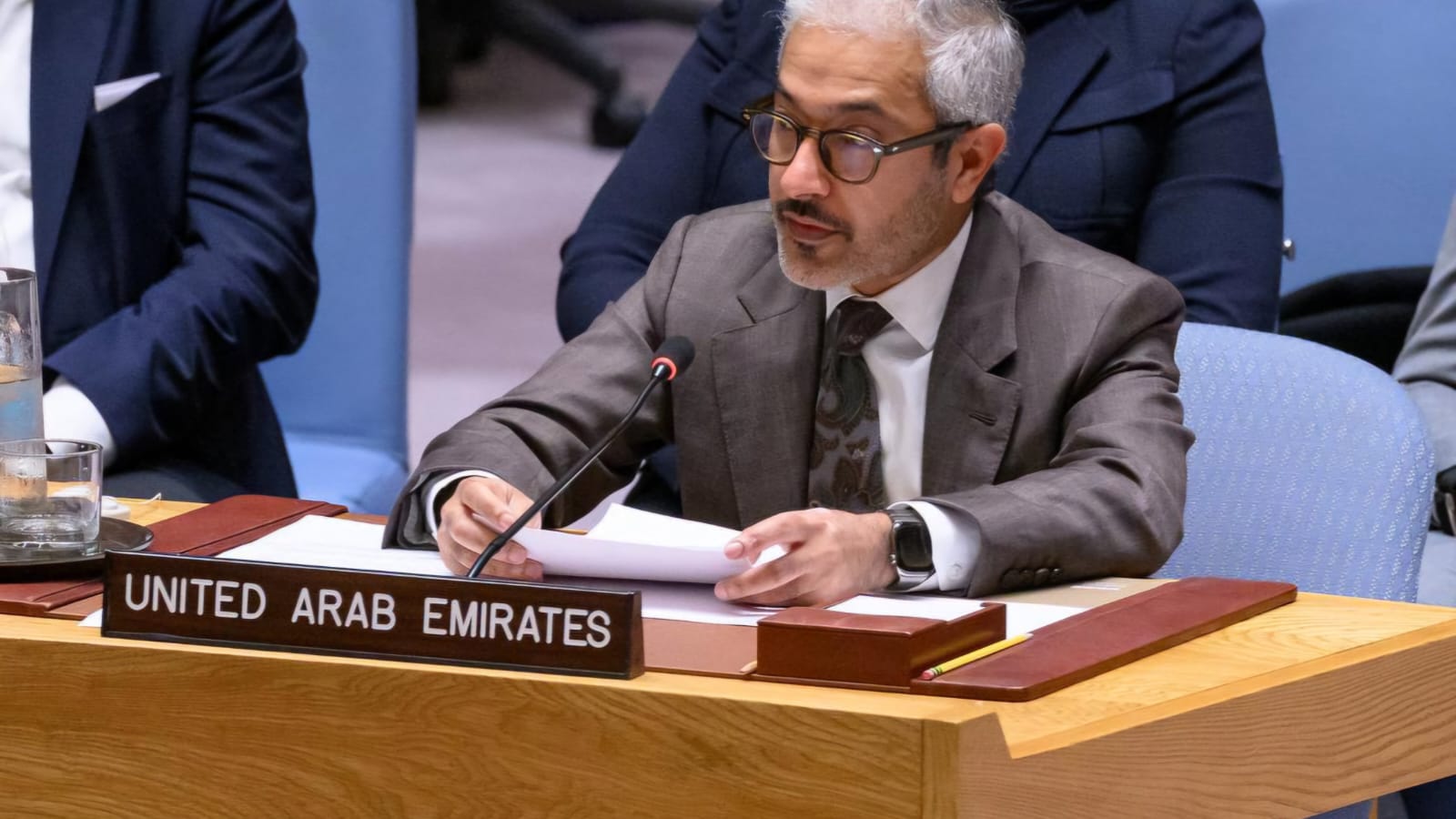Sharjah x NASA: Inspiring the Next Space Generation

The Sharjah Academy for Astronomy, Space Sciences, and Technology (SAASST) has taken a monumental step by engaging in a panel discussion with NASA representatives. The event, hosted at the University of Sharjah, emphasized preparing youth for deep space exploration and explored new avenues of international space collaboration.
In a world rapidly reaching beyond Earth’s boundaries, collaboration is not just a luxury—it is a necessity. The recent meeting between leading minds from the Sharjah Academy for Astronomy, Space Sciences, and Technology (SAASST) and representatives from NASA marks a powerful milestone in the journey toward united space exploration. This significant event brought together science, vision, and ambition under one roof, showcasing how shared goals can bridge continents and inspire future generations.
A Vision Rooted in Education and Exploration
The Sharjah Academy for Astronomy, Space Sciences, and Technology has always stood at the forefront of scientific inquiry in the region. Nestled within the University of Sharjah, SAASST is not merely a research hub; it’s a thriving ecosystem that fosters curiosity about the universe. From its inception, it has prioritized public engagement, academic excellence, and real-world innovation.
In recent years, Sharjah has taken notable strides toward becoming a recognized center for space science. Projects like the Sharjah-Sat-1—a nano-satellite launched into orbit—stand as a testament to the institution’s evolving capabilities. Alongside this, state-of-the-art facilities such as the Sharjah Planetarium further contribute to scientific outreach and awareness.
A Moment of Global Connection
The panel discussion organized by SAASST was not just an intellectual exercise; it was a signal of growing global partnership. With experts from NASA in attendance, alongside officials from the U.S. Embassy and Consulate, the event turned into a forum for visionary dialogue. Topics ranged from the future of lunar exploration to the critical role of education in space research.
The event opened with a warm welcome from the University of Sharjah’s leadership, who reaffirmed their commitment to building bridges across the global space community. This wasn’t about prestige or headlines—it was about equipping the next generation with the knowledge and inspiration to lead humanity into the unknown.
Preparing the Next Generation of Explorers
At the core of the discussion was a powerful idea: space is not the exclusive domain of any one nation. Instead, it is a collective frontier that calls for shared effort. The panelists explored the various dimensions of this concept, particularly in relation to the upcoming Gateway program—a NASA-led initiative focused on establishing a sustainable presence around the Moon.
Through discussions on space technology, propulsion systems, precision landing, and autonomous spacecraft, the audience gained insight into the complexity and ambition of current space missions. At the same time, they were reminded that today’s university students might well be tomorrow’s mission controllers, engineers, and astronauts.
Representatives from NASA shared their experience in managing international partnerships for space missions and how programs like Gateway provide a platform for nations like the UAE to participate in meaningful, groundbreaking ways. The discussion emphasized how different countries contribute unique capabilities—from hardware and data analytics to science communication and public engagement.
UAE’s Growing Role in the Global Space Ecosystem
The UAE has proven itself to be more than just an emerging player in space. With successful ventures like the Emirates Mars Mission (Hope Probe) and its long-term strategy to develop a thriving space economy, the country is positioning itself as a serious partner in international projects.
The partnership between NASA and institutions in the UAE reflects a shared understanding: that cooperation accelerates innovation. The UAE’s active involvement in space science is not only about pushing scientific boundaries but also about creating opportunities for its youth, scientists, and thinkers.
The Sharjah academy’s role within this ecosystem is crucial. With its academic programs in astrophysics, space law, and advanced sciences, it acts as a feeder system that prepares students for careers in space agencies and research labs. The integration of global partnerships into this system enriches the curriculum and opens doors that might have once seemed unreachable.
Education as the Foundation for Innovation
Throughout the panel discussion, the message was clear—education is the most powerful tool for preparing the next generation for space exploration. But education doesn’t stop at classrooms or textbooks. It extends into public outreach, hands-on experience, and storytelling.
SAASST has made impressive progress in this regard. Their exhibitions, public events, and student-led satellite projects have made space science accessible to a wide audience. Workshops, observational astronomy nights, and planetarium shows have demystified complex ideas and sparked a sense of wonder among youth.
By inviting global experts into these academic spaces, SAASST bridges the gap between inspiration and application. Students who once gazed at stars through telescopes now dream of one day helping build lunar habitats or coding navigation systems for Martian rovers.
The Power of People and Partnerships
Beyond technical details and policy strategies, the panel highlighted something deeper—human connection. Representatives from both SAASST and NASA stressed the need for empathy, shared purpose, and long-term commitment when engaging in international collaborations.
In an age where geopolitical divides often take center stage, the realm of space offers an alternative narrative: one of unity, curiosity, and collective ambition. Whether it’s building a space station around the Moon or designing a new planetary rover, these are endeavors that require trust, transparency, and teamwork.
The panel reminded the audience that partnerships are about more than agreements—they are about people. Mentors guiding students, engineers mentoring interns, educators collaborating across borders. Each connection, no matter how small, contributes to the larger vision of reaching for the stars together.
Looking Forward: The Next Chapter of Discovery
While the event did not conclude with final agreements or timelines, its importance lay in the conversations it ignited. It served as a starting point—a launchpad for deeper collaboration and shared learning.
As institutions like SAASST continue to grow in capability and confidence, their role in global missions will likely expand. The intersection of advanced education, research innovation, and international partnership is fertile ground for future discoveries.
In a way, the meeting was symbolic of something much larger than just one academy or one country. It represented the spirit of exploration itself—the belief that knowledge should be pursued relentlessly, shared openly, and used wisely.








2 Comments
[…] a proud moment for the global space community, the International Space Station (ISS) welcomed its new commander, Japanese astronaut Takuya Onishi, who officially took over […]
[…] spaceflight will be commanded by Colonel William McArthur Jr., a retired NASA astronaut with extensive experience in space missions. The 2029 mission, which will orbit the Earth […]
Comments are closed.